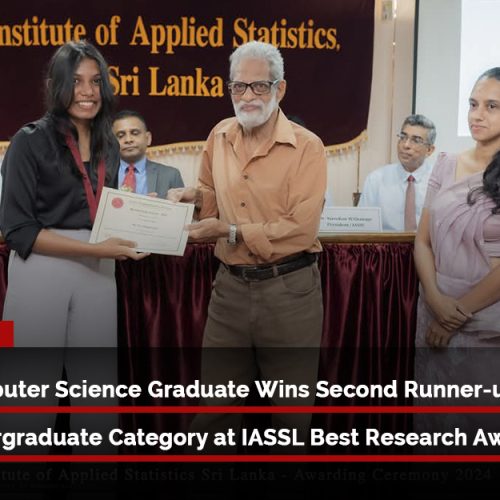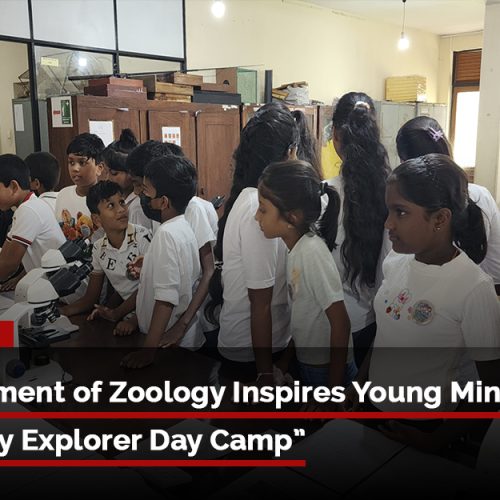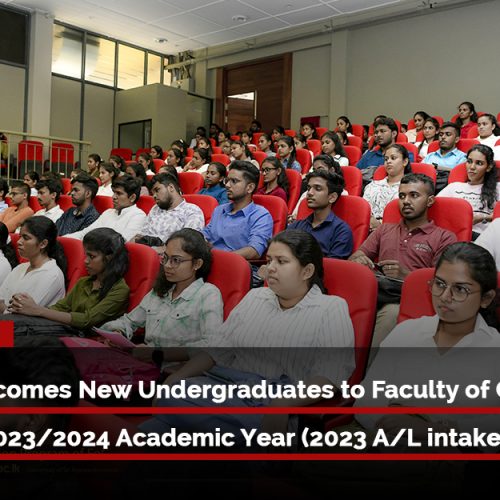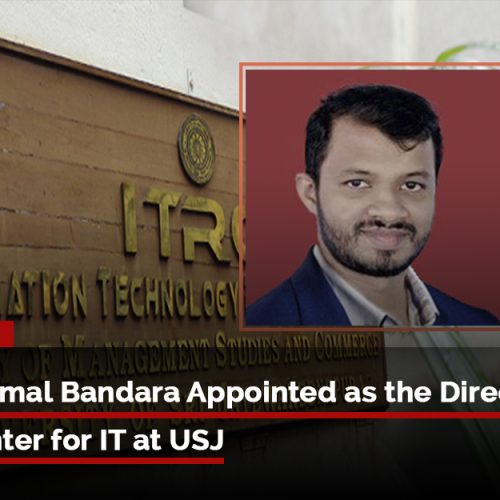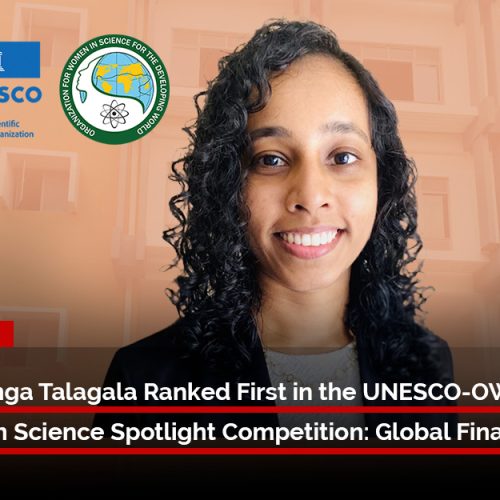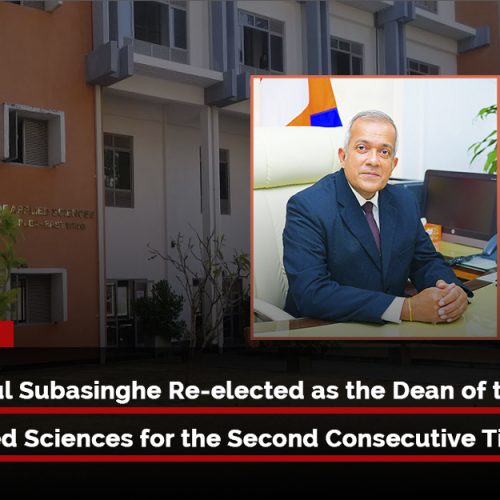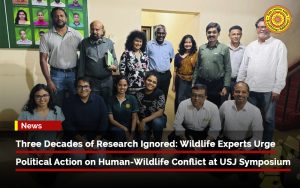
The University of Sri Jayewardenepura recently hosted a pre-symposium public talk as part of the 29th International Forestry and Environment Symposium 2025, where leading conservation experts highlighted the urgent need for political action to address Sri Lanka’s escalating human-wildlife conflict. The event highlighted the alarming fact that, despite three decades of research and evidence-based solutions, political action has been sorely lacking in addressing this critical issue.
A Decade of Unheeded Solutions
Professor Hiran Amarasekera, who initiated this symposium in 1995, expressed deep frustration over the continued inaction in implementing scientifically proven strategies. “For 30 years, researchers have presented concrete solutions at this symposium, yet the same challenges persist due to inaction,” he stated. This sentiment was echoed by other experts, who highlighted the growing disconnect between research and policy implementation.
Dr. U K G K Padmalal, a former Wildlife Department officer and researcher at the Open University, shared critical insights into elephant management strategies. Drawing from his experience with elephant drives, he highlighted the historical context of current challenges.
Professor Dewaka Weerakoon recounted the historical context of current challenges, noting that many relocated elephants either died, returned to their original habitats, or moved into agricultural lands, with only a small fraction adapting to their new environments. He showed specific case studies to illustrate the effectiveness and challenges of different approaches. For instance, in the Galgamuwa Teak area, efforts to manage elephant populations through relocation faced significant challenges, with many elephants returning to their original habitats or encroaching on farmlands. In contrast, the DWC fence approach in another area successfully contained elephant movements, although it presented its own challenges.
These case studies highlight the complexities of managing human-wildlife conflict and the need for tailored evidence-based solutions. Professor Weerakoon emphasized that these examples underscore insufficient political will and inadequate implementation of proven strategies.
Primate Conflicts: A Similar Pattern
Professor Chamalie Nahallage expanded the discussion to primate conflicts, illustrating how unimplemented solutions have led to persistent challenges across species. Her analysis underscored the need for a unified approach to wildlife management.
Root Causes and Proposed Solutions
The experts identified unplanned land-use patterns and habitat overlaps as the root causes of human-wildlife conflict. They proposed combining technical solutions and behavioural changes, supported by strong political commitment. Key recommendations included:
– Biological Control: Establish buffer zones, deploy watchdogs as early warning systems, and create natural barriers to separate human and wildlife spaces.
– Electric Fencing: Maintaining and monitoring existing wildlife corridors to ensure their effectiveness as short-term solutions for elephant management.
– Waste Management: Addressing improper garbage disposal, which attracts wildlife to villages, through secured waste systems and community education.
A Call for Political Will and Community Involvement
The experts emphasized that without political commitment, both wildlife and human communities will continue to suffer. They called for:
– Clear demarcation between wildlife and human habitats.
– Improved urban and rural planning to prevent habitat overlap.
– Community involvement in conservation efforts.
– Implementation of the Wildlife Mitigation Plan prepared by the Department of Wildlife Conservation.
The Path Forward
The discussion served as a stark reminder that the tools to resolve Sri Lanka’s human-wildlife conflict exist—what’s missing is the will to use them. As the symposium approaches, the University of Sri Jayewardenepura continues to champion evidence-based solutions, urging policymakers to prioritize action over inaction.
The time for change is now. The future of Sri Lanka’s wildlife and communities depends on it.







